There is an entire world of board books out there. Some board books teach the very basics. The common denominator is that they all feature soft, pleasing illustrations that crawlers and pre-k students enjoy. This Little Engineer: A Think-and-do-Primer is a board book that ages three through six will identify with. It’s part of the board books that spotlight certain professions or characteristics in the This Little book series from Little Simon. The book also does a great job of identifying a very challenging aspect of something that most children question, but rarely get a great answer to.
It’s an answer that I never knew until I was much older and that’s “what does an engineer do?” Of course, I knew about engineering schools like Georgia Tech, but when someone says that they’re an “engineer” the job duties always escaped me. I know that architects design or draw buildings. Engineers will also have their hands in that process, and the back of this book builds upon that thought. That’s one reason why getting a young child to realize that they can be an engineer, without actually having a tangible job to point to can be very challenging. Our neighbor told us the simplest definition for an engineer many years ago and it’s repeated almost verbatim in This Little Engineer.
An engineer makes something better, quicker, smaller, bigger, smarter or more efficient. He then went on to say that an engineer looks at something that’s not as efficient as it could be and tries to make it up to its true potential. They’re the Rosetta Stone of process implementation or the substitute teacher that can pop into any subject in middle or high school and continue the learning trajectory of everyone when their regular teacher is out sick.
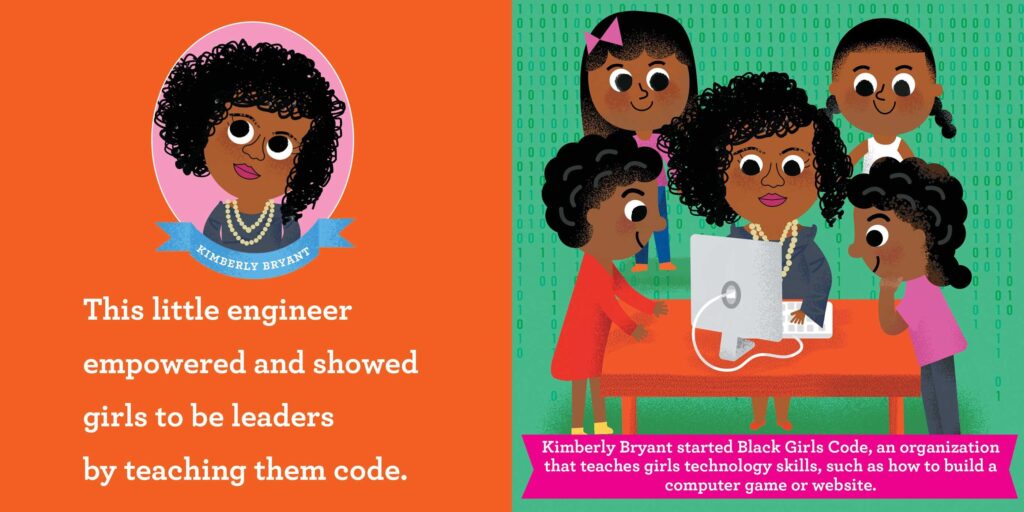
When kids open This Little Engineer they’ll see a diverse cast of 10 people that they won’t know from their illustrations. As they turn the first page they’ll see a thing that they might know, the Eiffel Tower and learn that it’s named after its inventor Gustave Eiffel. He was an architectural engineer that designed that tower in Paris, France, he also designed the iron skeleton that’s inside the Statue of Liberty. His calling card of sorts is that he designed tall structures that swayed in the wind, but didn’t tip over.
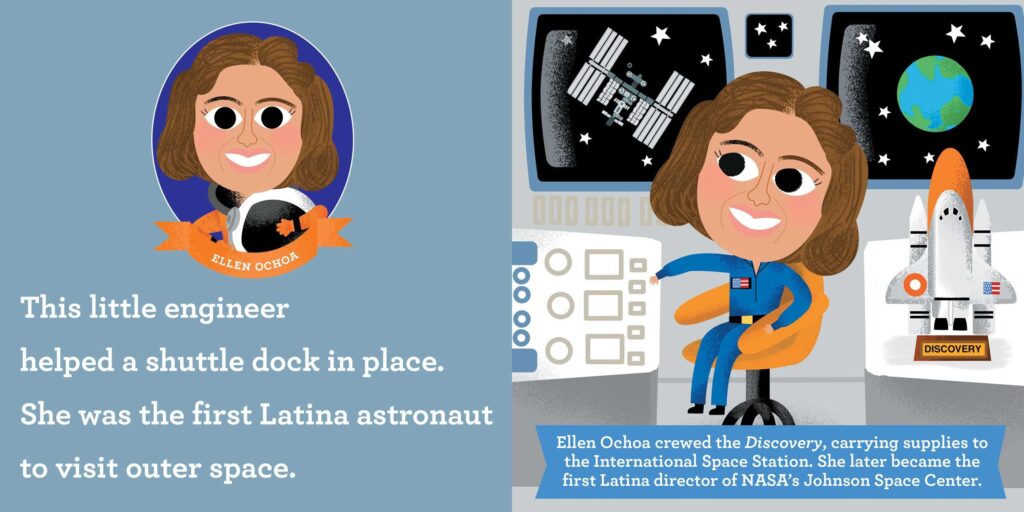
That content, and the other pages like it, are shown over two pages. The first one has an illustration of the engineer’s head and shoulders, plus a compound sentence that tells emerging readers a little about the person. For example, in the case of Mr. Eiffel, they learn that the little engineer built the Eiffel Tower for the World’s Fair to study the power of wind. Then, on the next page we see the engineer in front of their claim to fame, with some smaller, slightly more difficult text that adds more detail to their story.
You’ve heard of Nikola Tesla, he’s in the book, but have you heard of Marian Croak or Sangeeta Bhatia? Bhatia is a medical engineer and works with nanotechnology. Croak is a software engineer that developed technology that works with turning spoken language into a clearer, faster digital signal. Did you notice those two professions and the words that preceded ‘engineer?’
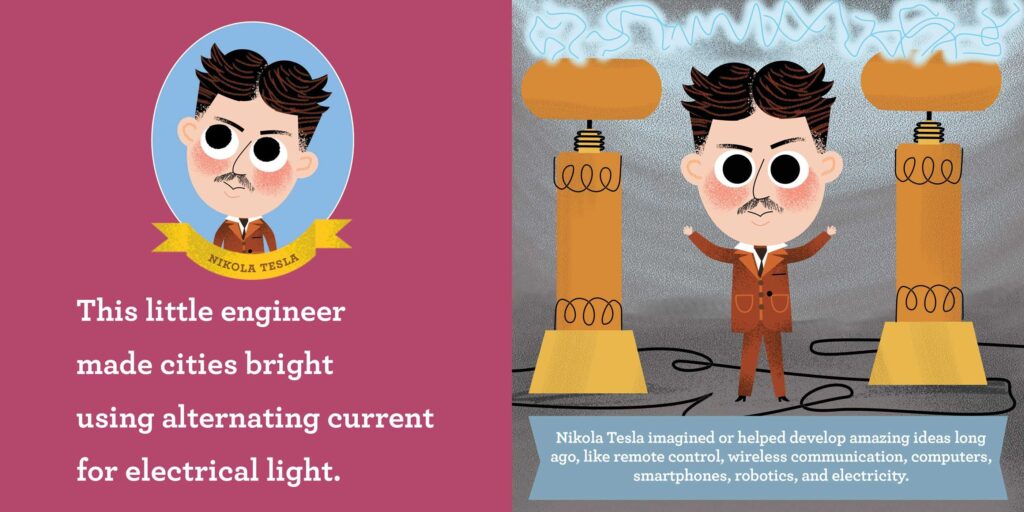
Engineer is as much of a verb as it is a profession. The end of the book lists 12 more engineers that a couple of adults might know, but kids will learn about. It’s below that listing that clears up a lot of the mystique that children have about being an engineer. What kind of engineer would you like to be? It asks that question and then lists various verbal examples followed by a simple explanation. Someone who works in robotics would build machines to do things. A structural engineer makes sure that buildings are safe and strong. A civil engineer builds bridges, roads and more things that we use daily.
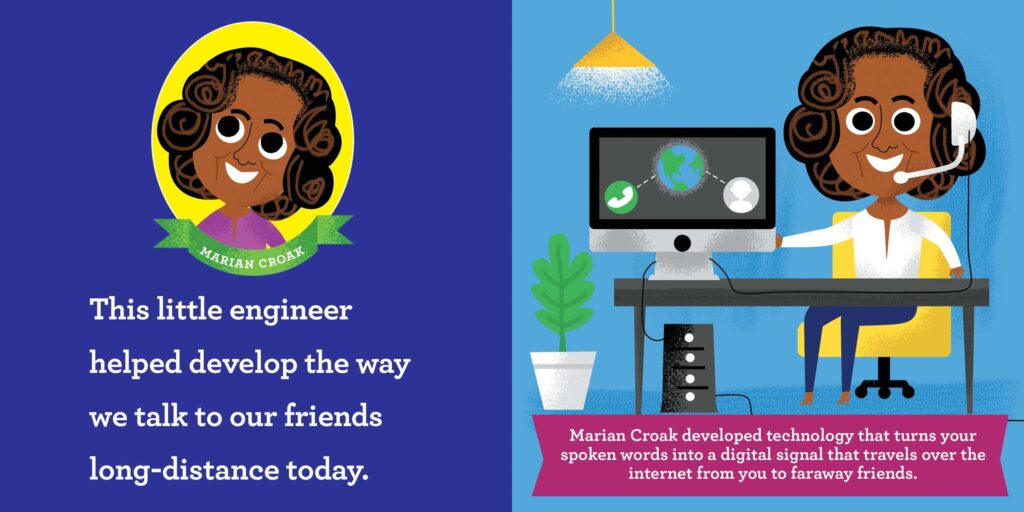
Teacher is as much of a verb as it is a profession. A high school science teacher, an elementary special education teacher, a middle school ELA teacher, they all share the same root, but their area of expertise is different, just like an engineer. Will This Little Engineer produce a new generation of thinkers who will emerge from college with the keys to our next generation’s problems? It might, it might not, but it is an entertaining board book that very clearly illustrates what this ambiguous profession does. An engineer has made something that you’ve engaged with today easier, safer or more efficient to use. They’re everywhere around us and are rightfully, compensated well for their time and could offer up the variety, and compensation that many folks want in their career, but don’t know where to turn.
This Little Engineer: A Think-and-do-Primer is by Joan Holub and Daniel Roode and is available on Little Simon, an imprint of Simon & Schuster Children’s Publishing Division.
There are affiliate links in this post.

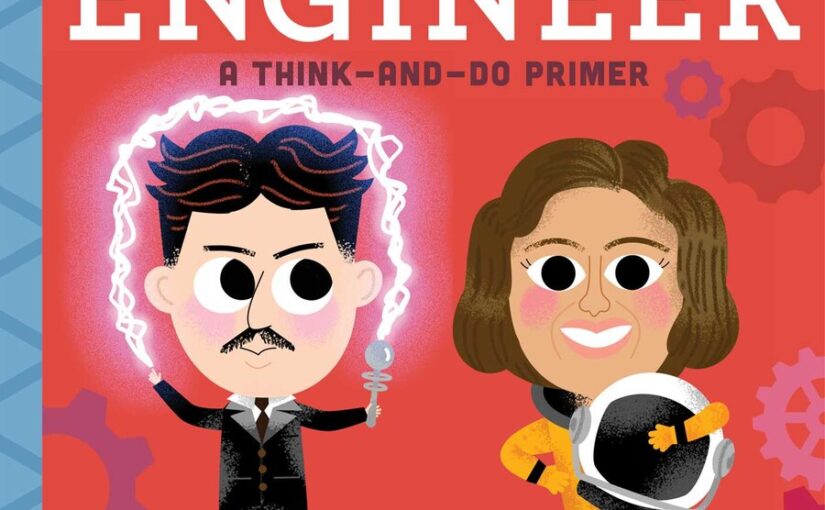
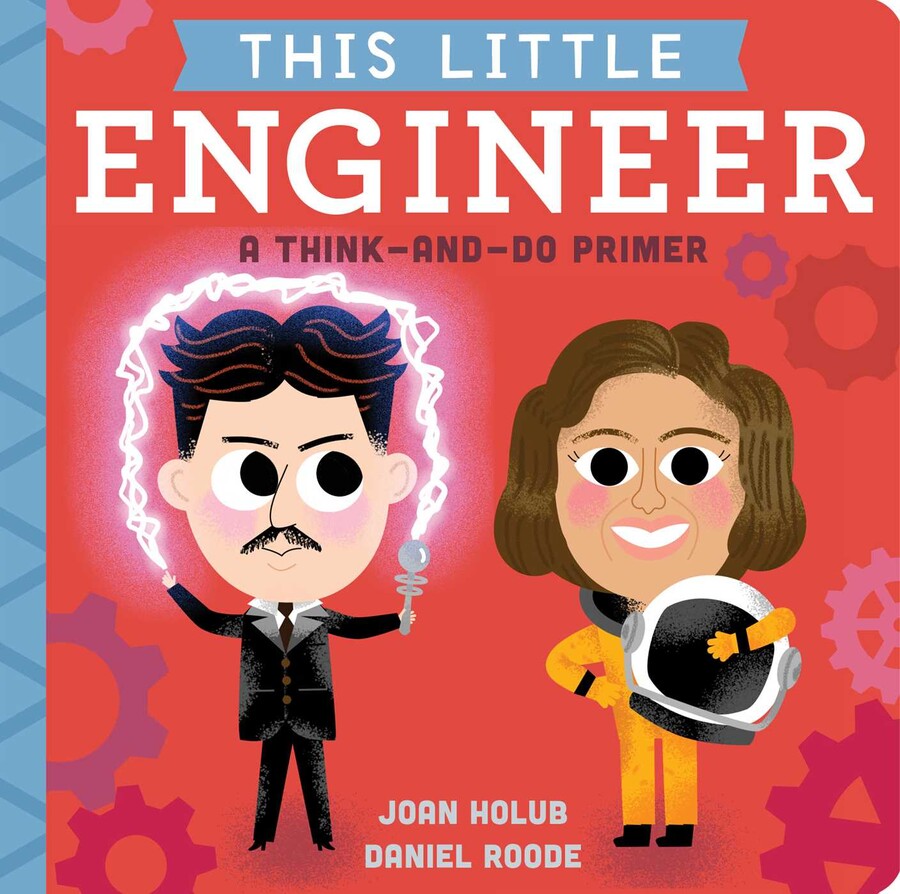



 Facebook
Facebook Twitter
Twitter Flickr
Flickr GooglePlus
GooglePlus Youtube
Youtube